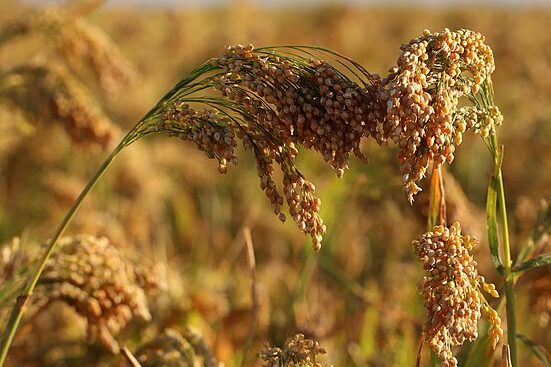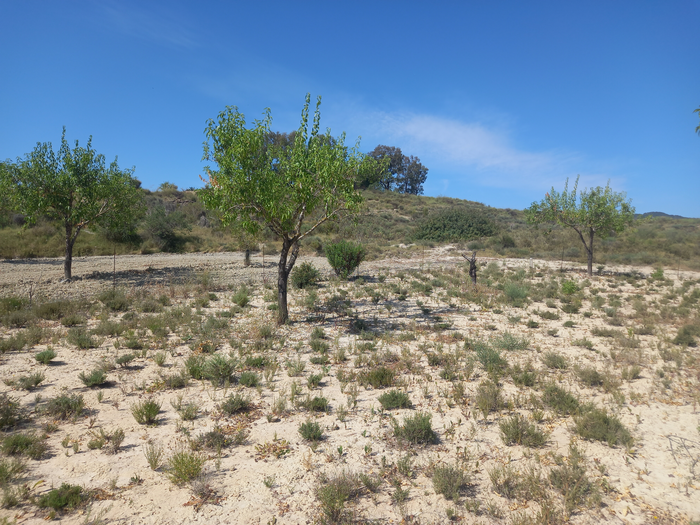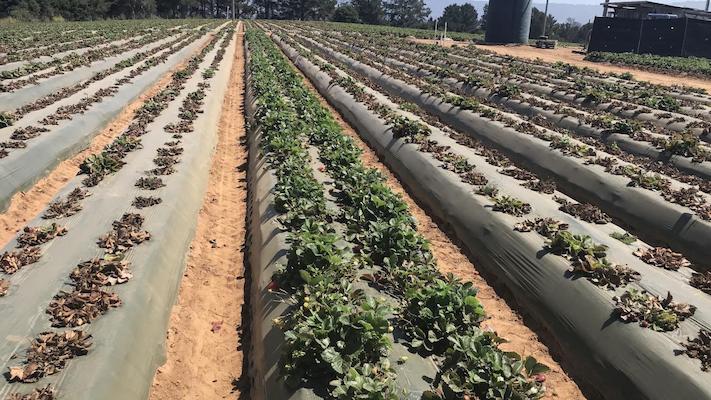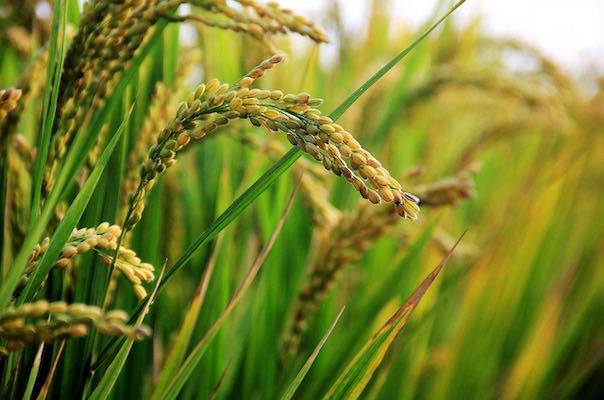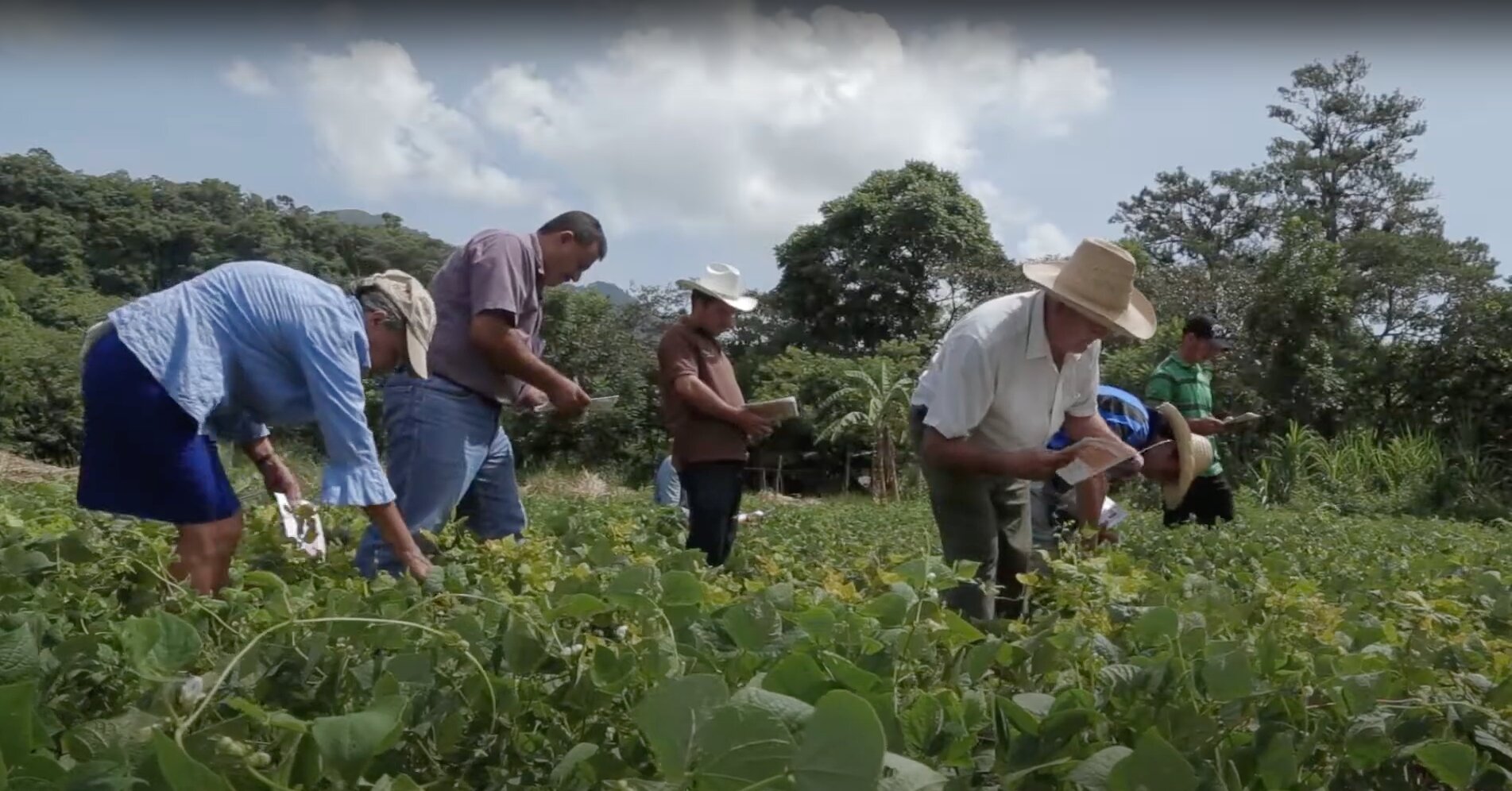
Farmers are becoming more involved than ever in the work of developing new, sustainable crop varieties, with a recent Alliance study showing how a “citizen science” approach for on-farm experimentation called tricot, generated agricultural data via local organizations in Central…
Read More


